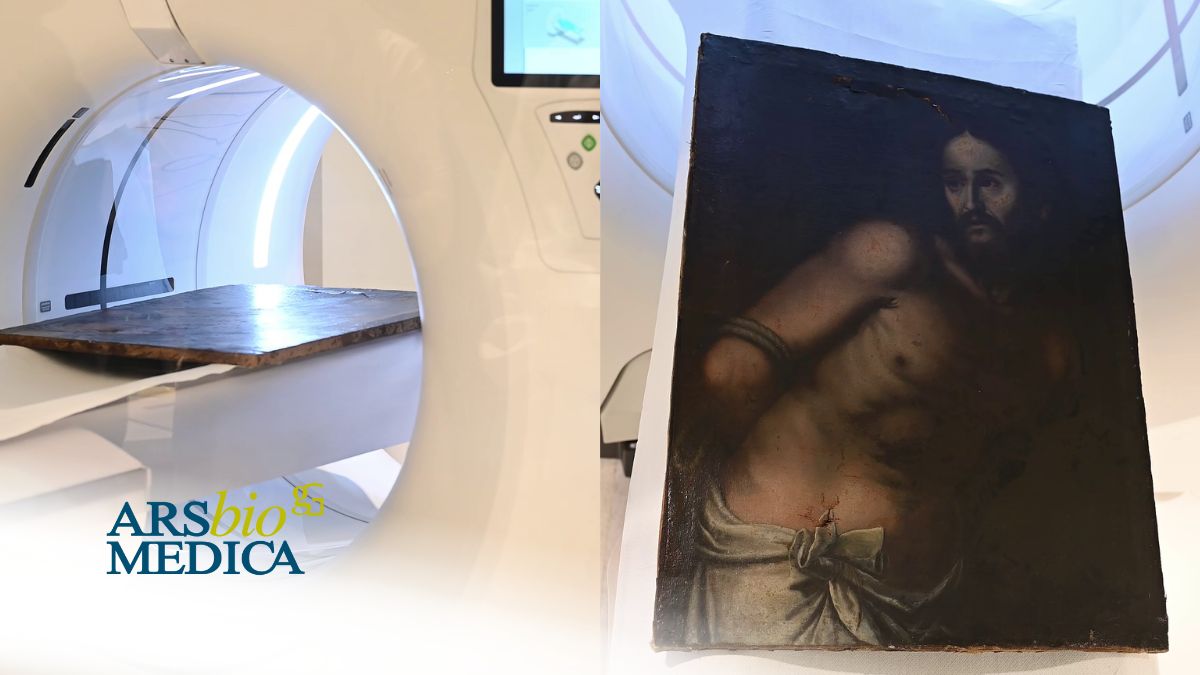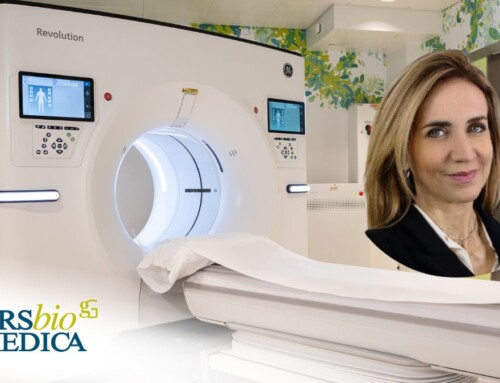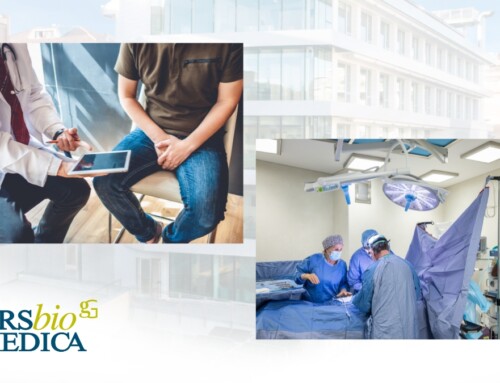
Articolo del 14/03/2025
The First CT Scan of a 17th-Century Artwork at ArsbioMedica
At the heart of medical innovation, ArsbioMedica achieves a historic milestone: for the first time, the state-of-the-art 512-slice CT scanner has been used to analyze a 17th-century masterpiece. This extraordinary fusion of art and technology was made possible through a collaboration with the Kattinis Foundation, specializing in artistic diagnostics.
A Step Forward in Artwork Diagnosis
Thanks to the capabilities of the 512-slice CT scanner, experts conducted a thorough investigation of the “Christ at the Column,” a priceless historical and cultural work. This advanced diagnostic tool provided ultra-high-resolution images, unveiling hidden details beneath the painting’s surface and offering crucial insights into the artwork’s conservation status and authenticity.
Art and Technology: A Revolutionary Partnership
The use of CT technology in the field of art represents a true revolution. The ability to analyze paintings and sculptures with unprecedented precision opens new perspectives in conservation, authenticity verification, and restoration. Through advanced imaging tools like the 512-slice CT scanner, we can:
- Confirm the authenticity of a work of art
- Detect structural damage invisible to the naked eye
- Study the painting techniques and materials used by artists of the past
A Future Where Science Elevates Art
This first application of CT scanning in the field of art at ArsbioMedica marks the beginning of a new era in the diagnosis and protection of cultural heritage. The synergy between science and beauty reveals the secrets of artworks while ensuring more accurate conservation for future generations.
Thanks to technological innovation, the past and future meet, casting art in a new light. ArsbioMedica and the Kattinis Foundation demonstrate that medical progress is not limited to human health but can also extend to safeguarding culture and history.
Art and technology continue to evolve together, opening unexpected horizons in the world of diagnostic and artistic conservation.






